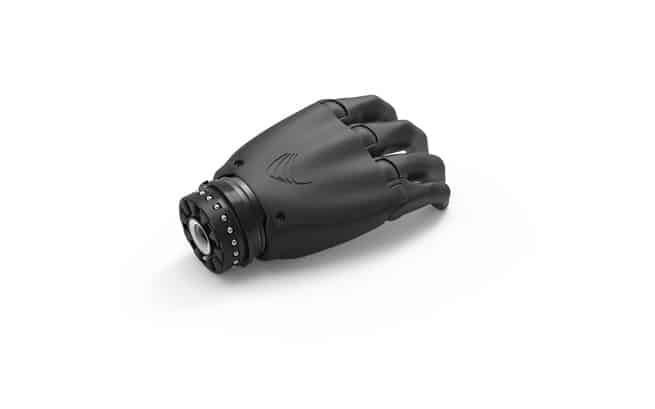How AI Technology is Advancing Prosthetics
The medical world is using AI to advance prosthetic technology. Let’s look at how.
Prosthetic limbs and body parts are one of the big advantages of modern medicine. If part of the body is damaged or lost, we can replace it. Prosthetics are medically impressive but are still also restricted by the technology we have available. It’s only recently that AI has begun improving prosthetics and making them more sophisticated.
Artificial intelligence is a controversial topic, as some people are apprehensive about the way it permeates every aspect of society. However, when it comes to prosthetic limbs and attachments, AI can be useful, especially in the wake of a limb injury claim. Let’s talk about how this is the case.
AI – Improving Prosthetic Limbs
Despite a wealth of medical breakthroughs, the majority of prosthetic limbs are difficult to control. A prime example of this is a prosthetic arm – one of the more common attachments.
Normal control mechanisms work by recording the electrical activity that happens in the arm muscles. This technique, called myoelectric sensing, is what makes a prosthetic work.
However, the problem is that when it comes to prosthetics is, you need to move your muscles in very specific ways to generate certain wrist or hand motions. These patterns are hard to get the hang of and can be time-consuming to complete.
The biggest problem we see with prosthetics in most situations is the inability of neuroscience to “decode” signals, which your brain produces, properly. This means that for a prosthetic to interpret the nerve signals better, we need a more sophisticated way to measure signals and translate them. That way, a person can move an arm or a finger, the same way they would a normal limb.
Translating Signals Effectively With AI
This challenge is where AI has positioned itself as being one of the best solutions for signal interpretation. Two scientists from the University of Minnesota have found that it’s possible to use an AI as a way to decode these signals and learn how to predict the intention of the user based on the different signals that come through nerves in the arm.
Speaking on the subject, the team said:
“We present a neuroprosthetic system to demonstrate that principle by employing an artificial intelligence (AI) agent to translate the amputee’s movement intent.”
The Methodology
The primary difference between this type of approach and other electromyographic systems is the fact that the team can now use AI to record the nerve signals inside the arm using an electrode which is implanted in the body. This is called a peripheral nerve interface.
Ultimately, it means that what’s seen is a cleaner and clearer signal when the brain sends instructions to the arm. When the interface is installed, the nerve signals of the patients are recorded, and specific hand movements are attempted.
Practice Makes Perfect
The user can make the AI system work via repetition and training. By putting a data glove on the hand which is not injured, the user can practice hand movements for both arms. As the motion happens, the glove records information about the process and then the electrodes are recording nerve signals.
Ultimately, this is how the system works – the AI learns how to correlate and identify nerve signals which correspond to specific hand movements. Specifically, the method can be used to identify several movements at once, which is key to fluid, normal movement. When it knows what you’re trying to do, it uses a Bluetooth connection to make the prosthetic perform the action.
Shaping the Future
The potential applications for AI in prosthetics are vast. We elected to focus on one specific type of prosthetic here to explain the concept properly, but this method could be applied to any limb and prosthetic device.
The goal for prosthetics will be to create a system which emulates the precise detail and minute movement of a limb or body part. AI helps to bring the technology closer to this by decoding signals with more precision and clarity. Hopefully, with AI continuing to evolve, we’ll see some major advancements throughout the decade.
Please be advised that this article is for general informational purposes only, and should not be used as a substitute for advice from a trained medical professional. Be sure to consult a medical professional or healthcare provider if you’re seeking medical advice, diagnoses, or treatment. We are not liable for risks or issues associated with using or acting upon the information on this site.




























